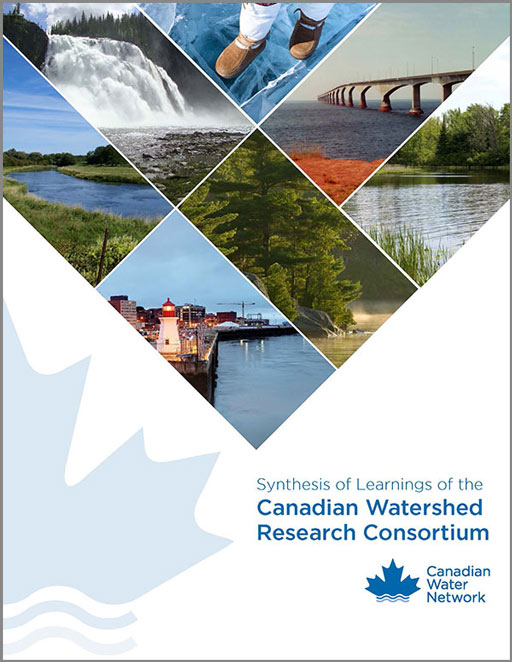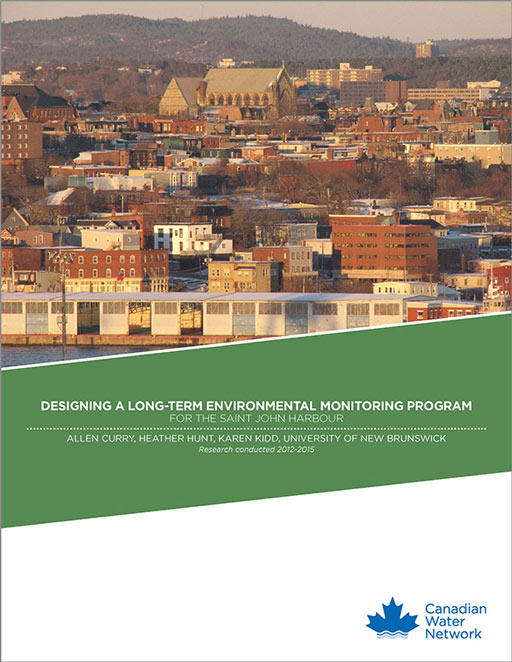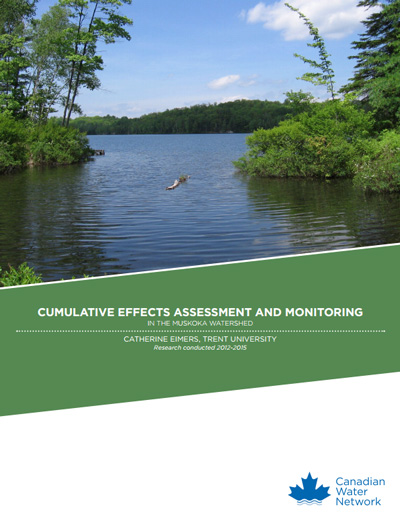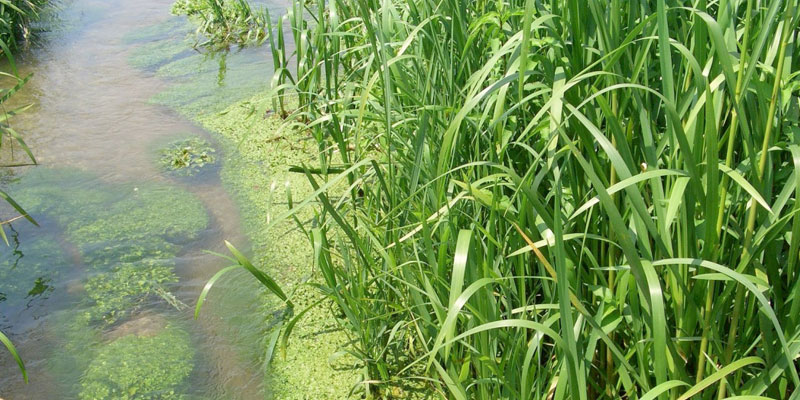Canadian Watershed Research Consortium
Canadian Water Network (2010-2016)

Challenge
Human activities and natural disturbances can cause impacts to the environment that accumulate over time. Within Canada, regulatory processes designed to prevent or mitigate adverse impacts or effects have often focused on Environmental Impact Assessments on a project-by-project basis. This approach has been critiqued for its lack of attention to synergistic and cumulative impacts to the environment (Dubé, 2015; Duinker & Greig, 2006). Cumulative Effects Assessment (CEA) involves monitoring, tracking and predicting accumulating environmental changes beyond any single project (Dubé, 2015). However, monitoring and predicting cumulative effects in a meaningful and actionable way has proven challenging.
Project
The Canadian Watershed Research Consortium was established following several years of discussion with agencies and decision-makers across Canada. A collective need was identified for:
- More consistent and effective monitoring frameworks that could enable a more sound understanding of effects beyond specific projects
- Increased efficiency in monitoring
- A regional basis for questions of concern
Outputs
Canadian Water Network launched the Consortium in 2010 with an intention to connect local stakeholders and decision-makers with leading Canadian researchers to develop regional monitoring frameworks that could inform decision-making for CEA and watershed management.
Initial pilot projects were undertaken in New Brunswick’s Saint John Harbour, where a previous research program with a wealth of historic data existed and significant developments had been proposed. Once these projects were established, CWN issued a call for expressions of interest for the development of additional watershed research nodes. This process identified regional partnerships with collective knowledge needs and the capacity to use the results to guide their monitoring programs. Four nodes were selected in the Grand River and Muskoka River in Ontario, Northumberland Strait in the Atlantic, and Tobacco Creek in Manitoba. A year later, a sixth node was added in the Slave River and Delta in the Northwest Territories. Although not a formal Consortium node, research was also conducted in the Murray River watershed in British Columbia following the same model.
With support from CWN, the six Consortium nodes each developed a tailored call for proposals to meet their science needs for developing a regional monitoring framework. CWN administered and funded the calls for research proposals for multi-disciplinary, university-based research teams to develop recommendations for monitoring frameworks and to collect baseline information in support of CEA. In addition to undergoing a technical scientific review for academic excellence, the proposals were evaluated by the node representatives to ensure that the research projects were structured to meet the node’s specific needs.
Nodes and projects:
CWN brought representatives from all six nodes together annually to compare their results and observations. After the research funded by CWN was completed, representatives from the nodes and key implementers (including federal and provincial regulators) met in March 2016 to reflect on the collective learnings within the broader context of other activities in Canada focused on evolving the practice of CEA and related Environmental Impact Assessment. This workshop enabled the groups to share thoughts on best next steps in the development of what were recognized as improvements in the adaptive monitoring framework approach that underpins all variations of CEA being practiced in Canada. Key learnings from the nodes formed the basis for discussion of opportunities to develop adaptive, cost-effective monitoring approaches, both within these groups and more generally across Canada, and were published in a synthesis report of the Consortium’s learnings.
- Projects related to the Saint John Harbour node
- Projects related to the Grand River node
- Projects related to the Muskoka River node
- Projects related to the Northumberland Strait node
- Projects related to the Tobacco Creek Node
- Projects related to the Slave River and Delta node
Outcomes
Over a period of six years, the Consortium contributed to a community of practice that led to more consistent monitoring approaches, better understanding of baseline conditions and variability, as well as predictive models and adaptive management. Collective learnings across the research nodes translated into key recommendations for the design and implementation of cumulative effects monitoring frameworks. These insights highlighted the importance of:
A common understanding: Defining shared terminology, reaching agreement on what to measure, and developing consistent monitoring methods.
Partner-focused collaboration: Bringing partners together early in the process to support co-creation of a common vision and values.
A place-based approach: Tailoring science to watershed contexts, as well as the capacity of partners and the unique needs of communities and decision-makers. There is no single shared framework that can address the requirements of diverse watersheds.
Value-added benefits: Articulating concrete benefits, including cost savings, efficiencies and enhanced credibility of new monitoring approaches, to encourage uptake.
Implementation: Linking monitoring frameworks to decision-making processes. Taking a phased approach to adoption, and ensuring dedicated resources are available to sustain monitoring over the long-term.











